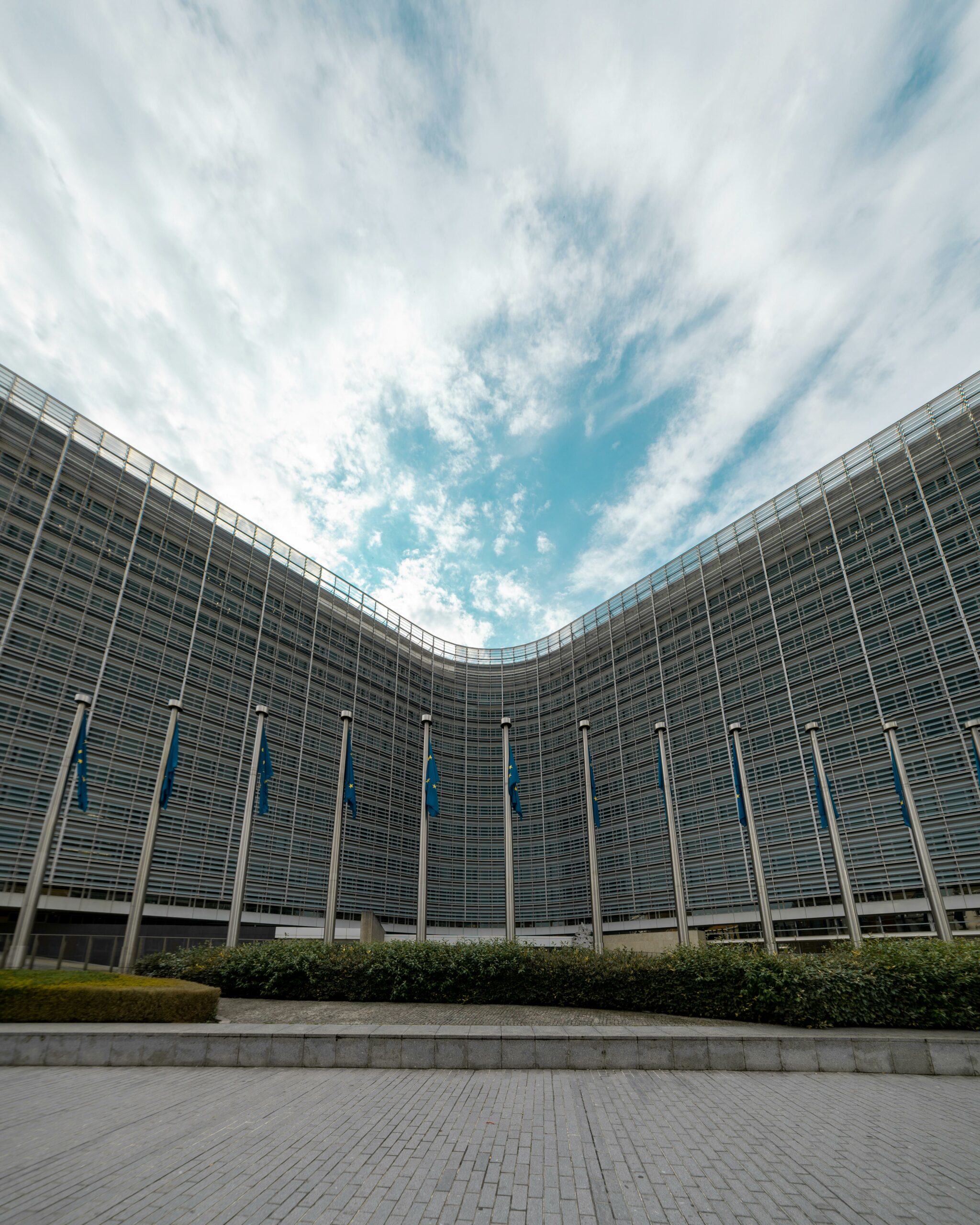This article is part of a series republished via the Council of Business and Society platform.
It’s time to invest in responsible purchasing and maximize impact. Ksapa outlines 3 successful solutions to match practices with the demands of the real economy we’re sharing with Chief Procurement Officers
On 24 April 2013, the Rana Plaza collapsed in the capital city of Bangladesh, killing 1,135 among garment factories working for global brands. Though emblematic, this incident is unfortunately far from exceptional and brings the conversation on the impact of responsible purchasing into sharper focus.
For years, global companies have been consolidating their management systems, collaborative approaches and supplier engagement strategies. Now, in the face of a global pandemic, some companies have taken steps to preserve responsible employment and purchasing practices. Faced with the same sanitary imperatives, others have dramatically fragilized strategic suppliers by cancelling orders.
Once again with Covid-19 crisis, the Bangladeshi and Garment Manufacturers Exporters Association raised the alarm, estimating 2.28 million garment workers have been sent home without pay or lost their jobs after global brands cancelled or suspended their orders since the outbreak of the coronavirus. The impact? 982 million pieces hang in the balance, totaling about 3.18 billion of dollars. Lessons would appear not to have been entirely ingrained, which the current crisis only brings to light. So, what now? Ksapa suggests 3 solutions to align responsible purchasing with the present challenges of the real economy.
Necessary but Insufficient: Renewing the Code—Standards—Audits Triptych
For some 20+ years now, corporate purchasing functions and chief procurement officers have been making great strides toward corporate accountability, by activating a Code—Standards—Audits triptych. The multiplication of corporate policies, supplier codes and contractual clauses – among other key supplier selection tools – has helped gradually structure buyers’ functional and technical expectations with regards to suppliers’ socio-environmental and ethical practices and performance.
While such efforts have drastically improved management systems, companies still needed to converge on sectoral and territorial expectations. Given the increasingly globalized environment, procurement hinges on an ecosystem of suppliers, each with their sectoral and territorial specificities. Collaborative initiatives range from working groups to roundtables, regulatory and data-sharing platforms, standards and certifications. All have played a key role in developing a common taxonomy, ultimately streamlining expectations and joint requests in relations to suppliers. Strategically speaking, streamlining and strengthening supplier relations positively impacts production quality and yield, as well as supply chain traceability, while building trust all around – between businesses, suppliers and, ultimately, consumers.
Ksapa cannot stress enough how much supplier relations are tied to contextual and operational realities, amounting to a complex web of interconnected socio-environmental issues. Large buyers therefore strive to involve suppliers and partners in their processes. Though often motivated by compliance, supplier engagement translates into social audits and evaluations or suppliers supporting socio-environmental reporting activities. Thinking more proactively, supplier involvement could play a more central role in rolling out training programs or technological solutions. This would go a long way towards addressing growing demands for corporate risk management and remediation, for example through mapping supply chains or implementing effective alert mechanisms.
Looking downstream, diversifying supply through new collaborations with suppliers open to developing sustainable sourcing framework and standards answers a cardinal requirement for businesses to secure supply and ensure continuity in the face of multiplying crises. This eventually allows businesses to use this purchasing lever to contribute to youth empowerment and the all-around betterment of living wages, working conditions and access to technology for suppliers aligned with their corporate pledges.
The resulting Code-Standard-Audit triptych is therefore useful and will continue to be finetuned. While it lends direction and allows for practices to converge, it remains insufficient – and mainly so for 3 reasons:
Sharing Writings Does Not Manufacture Supplier Buy-In
Suppliers are legion who sign legally-binding codes and contracts which fail to commit them to effectively changing their practices on the ground. That would entail explanations and training for suppliers to translate issues in their operating methods. Nominally banning child labor is one thing. Explicating expectations, training managers and positively affecting plantations in rural areas where child labor is endemic? That is an altogether different matter.
Recurring Issues Call for More Than Auditing
Audits for instance invariably alert to overtime, raising questions as to the overarching purchasing practices. In many cases, that responsibility lies in the buyer placing last-minute orders regardless of the burden it places on sub-contractors… This issue of overtime also leads to other related interrogations. For instance, how productive is the supplier’s production tool, notably in terms of training, their organization, the technological performance of their equipment or their health and safety performance. In short, it is all well and good to conduct audits, but a recurrent problem necessarily calls for complementary programs which for instance related to purchasing practices and productivities processes among their suppliers.
Disruptive Approaches, Not Just Continuous Improvement
Collaborative approaches and standards can be a powerful lever for transformation, as they may help reduce the pervading asymmetry of information on key issues and build consensus around shared solutions and tools. That said, they may also stifle innovation by levelling initiatives down to the lowest common denominator. Often induced in collaborative approaches and shared reflections, this logic of continuous improvement helps lead a large community towards the improvement of their practices.
Still, it is not necessarily conducive to disruptive approaches. Certain environmental issues the likes of water stewardship, biodiversity loss and climate change do require that entire sectors explore disruptive pathways. A buyers’ climate commitment along the lines of “zero deforestation” can only work if a disruptive approach is activated on the ground. Otherwise, buyers who committed to that agenda in 2015 often find themselves pushing back their goals to 2025 five years later.
3 Solutions For Responsible Purchasing Aligned With The Challenges Of The Real Economy
1. Use the SDGs to address pain points identified through audits
The United Nations’ Sustainable Development Goals offer a range of key themes to change perspective and more systemically address the links between socio-environmental impacts and economic activities. For example, the issue of child labor is not simply a question of complying to directives (prohibition of work below a minimum age) or mandatory practices (identity checks).
Moreover, the International Labor Office, for example, provides guidelines which are not strictly prescriptive depending on the activity, arduousness of the work performed and local context. As this leaves room for interpretation, a strictly managerial approach often proves ineffective in the field. This SDG prism invites the buyer to explore the issue of child labor for example from the perspective of community poverty, access to quality education, gender equality, sustainable cities and local communities. All such societal issues are interconnected.
2. Prioritize Action on the Most Strategic Categories
Buyers cater to business. Another operational reality is that supply basins are in constant transformation brought to bear by cost-cutting, innovation, quality impacts and deadlines. An overlapping contextual reality is that buyers operating in globalized environments must adapt to ever-increasing uncertainties.
For instance, a US-China trade war could have directly affected the availability and price of strategic supplies, as demonstrated by shortages in PPE around the world during the Covid-19 pandemic. Correspondingly, high temperatures and hydric stresses observed and likely to increase could challenge the predictability of purchasing. Floods in Malaysia? Temperatures reaching more than 50 degrees and water scarcity in Indonesia? Rubber glove assembly lines and strategic depots in these industrial areas would necessarily be called into question. Under the combined assaults of these climate change and inequalities, entire regions are being depopulated, thereby impacting the local workforce – pushing people to opt for migration, which both jeopardizes their future and that of the agricultural sector as whole, for instance.
In response, buyers need to engage with strategic suppliers who do not necessarily have the capital or expertise to make the required investments and adapt production facilities. To that end, joint approaches may be developed to accelerate training and technological transitions. They can also examine the opportunity of setting of joint-ventures, entering their capital for an appointed length of time, on the basis of a clear and measurable plan to boost the performance of a production tool. In short, buyers are bound to explore solutions to ensure strategic and vulnerable suppliers have access to the necessary capital and expertise to invest and secure the sustainable development of strategic activities.
3. Embrace Big Data, Digital Collection and Virtual Reality
A major challenge still lies in managing the complexity of supply chains at an acceptable cost. The Code-Standard-Audit triptych has had the merit of creating a taxonomy and therefore some degree of standardization of the available data. It has also led to the accumulation of socio-environmental metrics, sometimes gathered by way of 15, or even 20 years of auditing. Combined with contextual data, learning machines are now able to predict the occurrence of risks. Audit planning can therefore be modified to focus on suppliers, categories or supply references most likely to present a high-risk profile. From there, companies may notably roll-out targeted supplier audits and assessments.
Another challenge stems from managing the complexity of supply chains beyond Tiers 1 and 2, particularly with regards to traceability and the development of socio-environmental risk profiles. Millions of players may be involved in complex and fragmented supply chains, which makes any investigation and data collection venture both costly and uncertain. Digital data collection processes have been maturing for 10 or even 20 years. The novelty comes from the development of 3G coverage (or more) in emerging countries and rural areas, where populations are switching from mobiles to smartphone on a large scale. Expected coverage and equipment rates around the world by 2025 are indeed impressive. This allow for the practical implementation of smarter smartphone collection anywhere in India, Indonesia or Brazil, for instance. From there, businesses may also invest in blockchain technologies so as to strengthen the digitalization of value chains and streamline transactions.
Finally, while the written word does not necessarily warrant adhesion, virtual reality, through the power of videos and slideshows, may demonstrate practical changes in suppliers’ practices to local management, technicians and workers. These techniques are also promising in terms of passing on local management skills, or transferring well-defined technical knowledge, particularly if combined with face-to-face coaching and mentorship.
Conclusion: Walking the Talk
Should companies pull out all the stops in risk management and remediation across the supply chain, innovative finance structuring would appear to be the new frontier. This may give teeth to sustainability commitments, particularly amid cost-control measures dictated by the coronavirus crisis. Collaborative financing schemes can indeed bring industrial and investment players together, to create the conditions for suppliers and client companies to finance SDG action at scale and match corporate commitments.
At Ksapa, our teams help global players structure investment schemes and generate positive return on investment, complete with clear monitoring of impact metrics. Working with stakeholders across the board, our clients are looking not just to advocate change but incentivize positive behavior, to affect change throughout the value chain and ultimately mitigate group risk exposure.
Author of several books and resources on business, sustainability and responsibility. Working with top decision makers pursuing transformational changes for their organizations, leaders and industries. Working with executives improving resilience and competitiveness of their company and products given their climate and human right business agendas. Connect with Farid Baddache on Twitter at @Fbaddache.






